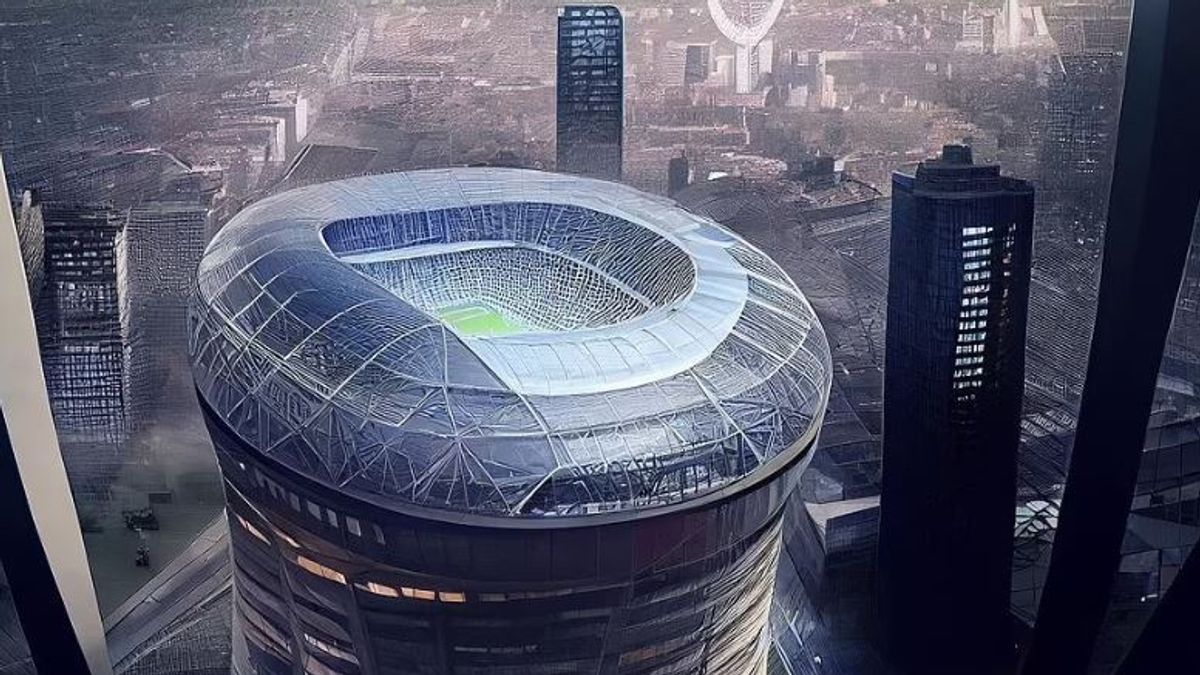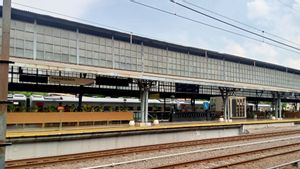JAKARTA - London is home to some of the most famous stadiums in the world. Starting from Wembley Stadium to Emirates Stadium, it is located in the British capital. Now, these iconic places could get a dramatic transformation in the future, if one of the architect's predictions comes true.
Pouria Babakhani, a Hamburg-based architect, has used AI (artificial intelligence) tools to envision what London stadiums might one day look like. Its futuristic designs look straight out of science fiction, with one stadium even being shaped like a football itself.
To create the images, Babakhani uses Midjourney – a program that uses AI to turn text into images.
“Artificial intelligence design tools have the ability to streamline the design process, allowing architects to focus on conceptualizing and refining their ideas instead of spending time on manual tasks,” Babakhani, told Designboom.
“This has the potential to lead to a visionary architectural awakening, where designers can fully embrace their creative potential and push the boundaries of what is possible in the built environment,” he added.
Some of the designs are no different from existing stadiums, with an oval design featuring an open roof. Others, however, are unlike anything we've seen around the world today.
One of the stadiums appears to rise above a skyscraper, with a glass roof on a metal base in the shape of a UFO. Meanwhile, others are shaped like a ball itself, with a large round design engraved with the famous hexagonal design.
VOIR éGALEMENT:
While Babakhani's design is only conceptual, recently, the Daily Mail reported on various new stadium designs in Qatar during the 2022 World Cup.
One of the eight stadiums in last year's tournament, called Stadium 974, is the most historic FIFA World Cup stadium. As the name suggests, Stadium 974 was made from 974 recycled stainless steel shipping containers that were dismantled at the end of the tournament.
Created by Spanish architectural firm Fenwick Iribarren, the stadium's design was originally inspired by Lego bricks and the way they stack conveniently on top of one another.
The whole structure is built in such a way that it can be deconstructed at any time and rebuilt in another location or converted into a smaller place.
Stadium 974, which bears the same name as Qatar's nickname, hosted seven matches during the tournament and six group matches and one round of 16 match.
The English, Chinese, Japanese, Arabic, and French versions are automatically generated by the AI. So there may still be inaccuracies in translating, please always see Indonesian as our main language. (system supported by DigitalSiber.id)












